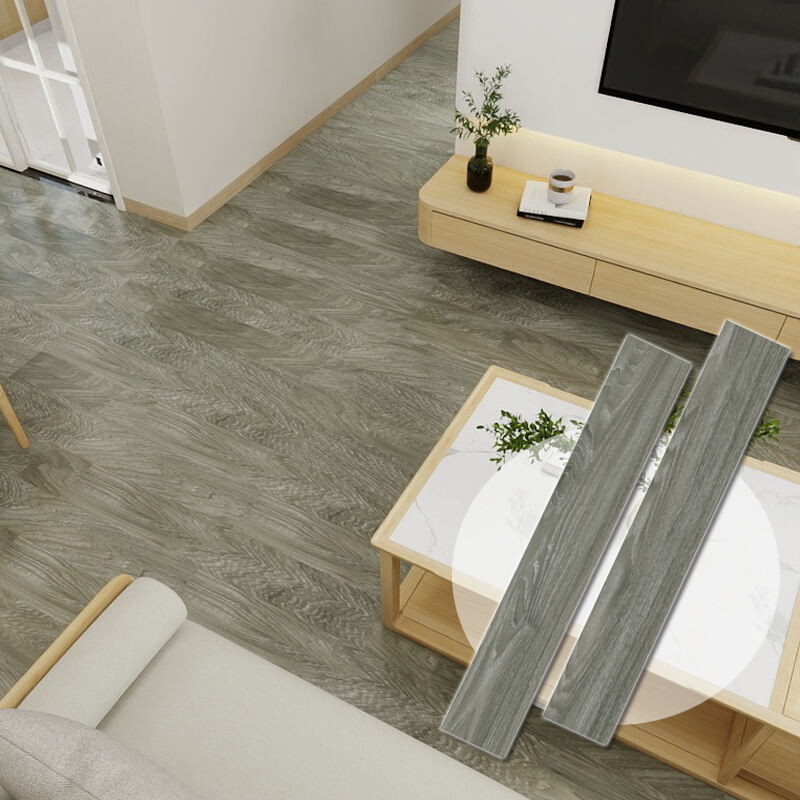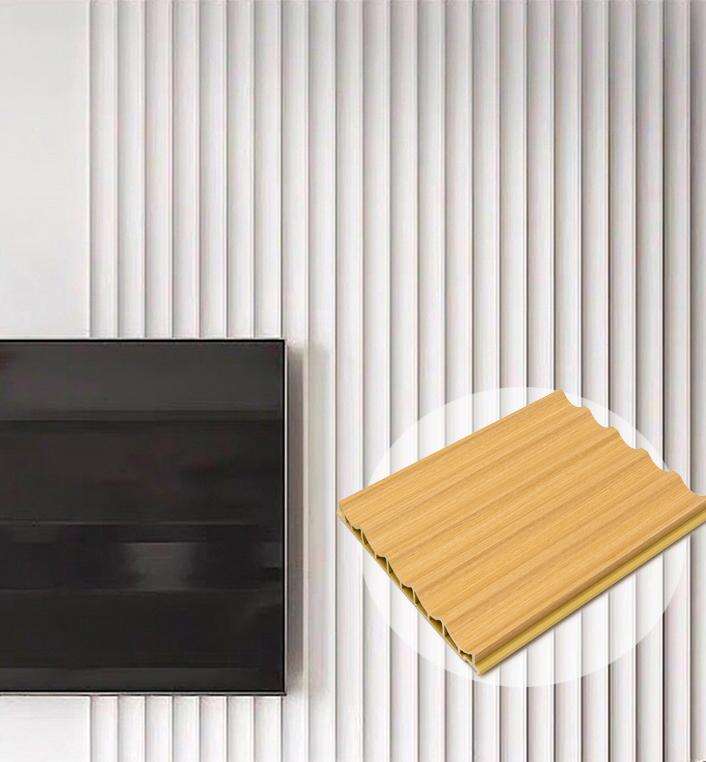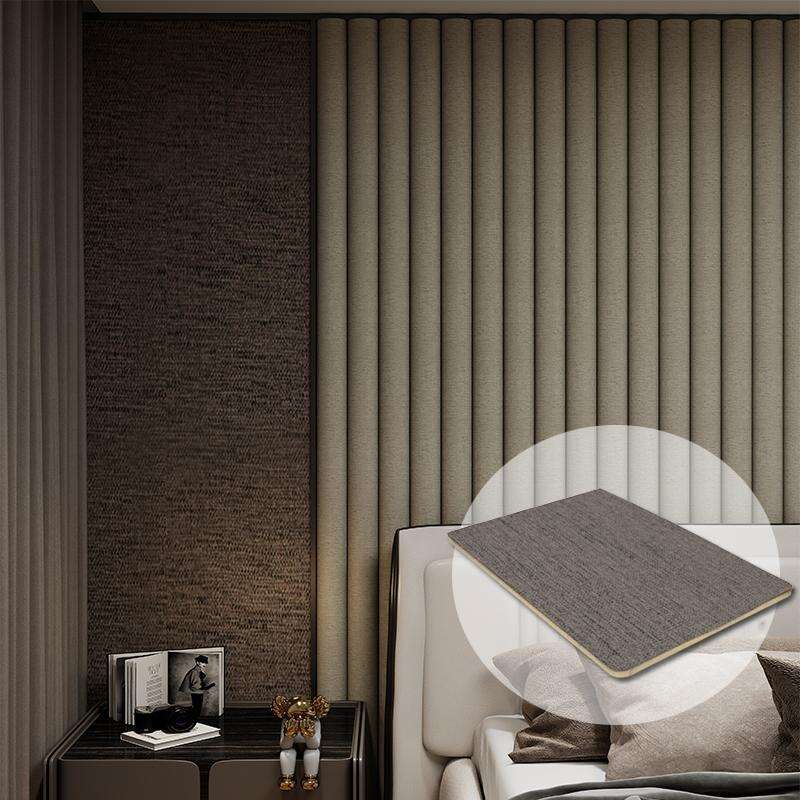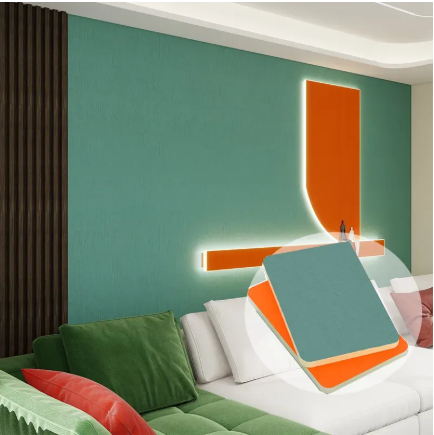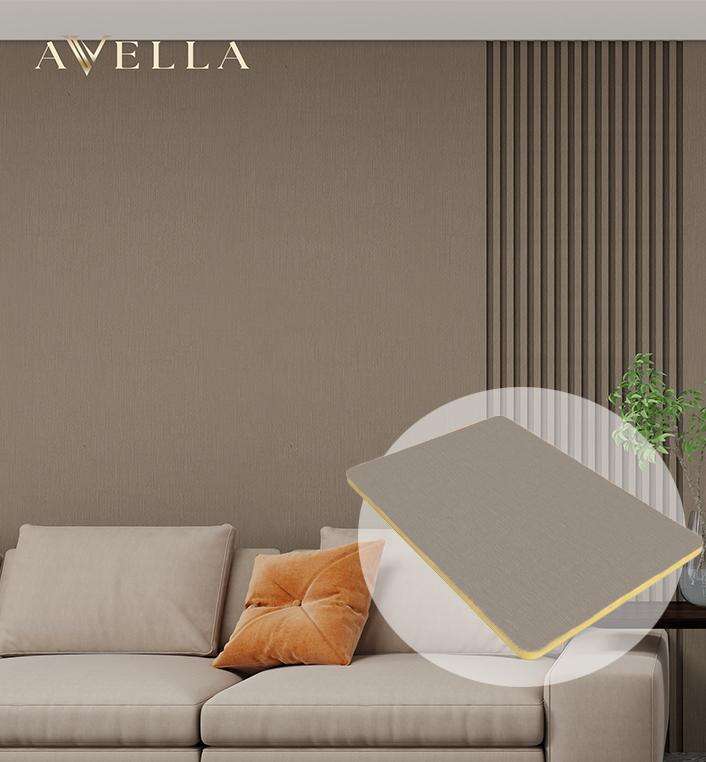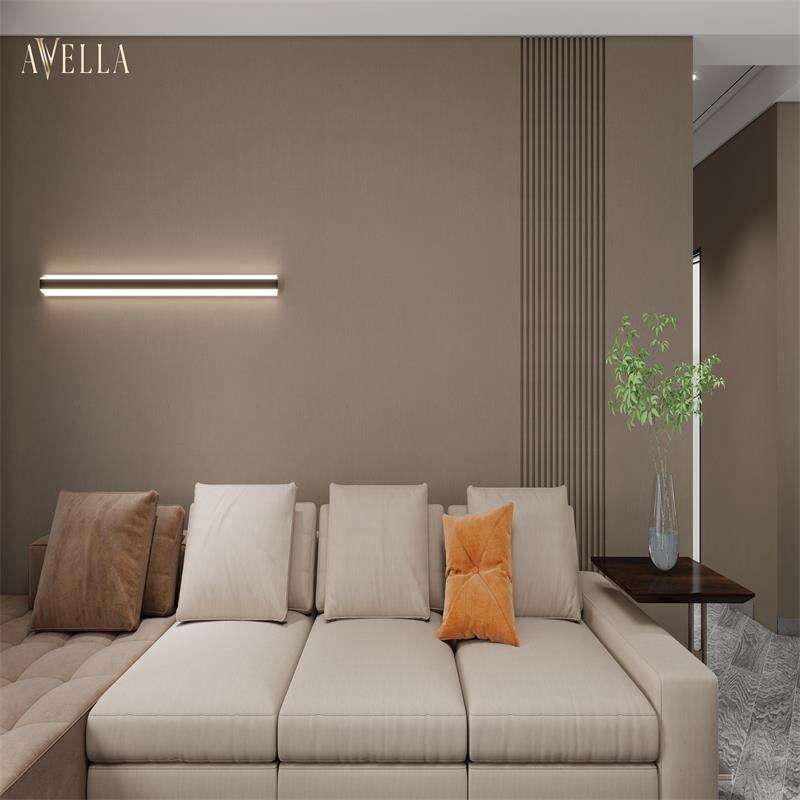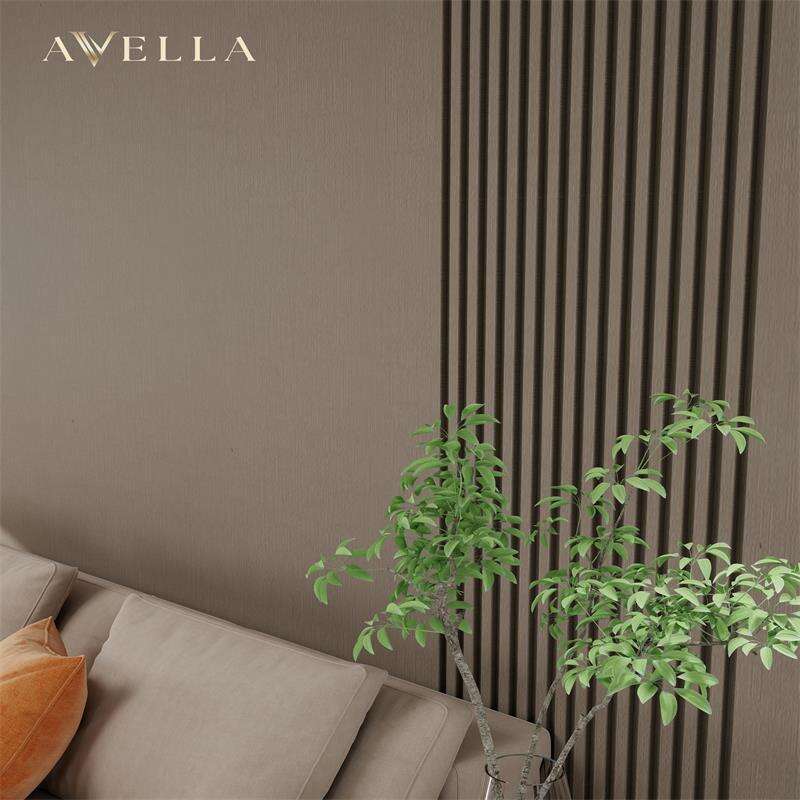vật liệu ốp tường composite
Ốp tường composite đại diện cho một loại vật liệu xây dựng cách mạng, kết hợp nhiều thành phần để tạo ra các bề mặt bên ngoài vượt trội cho các công trình dân dụng và thương mại. Hệ thống đổi mới này kết hợp sợi tự nhiên với các polymer tổng hợp, tạo thành các tấm panel có độ bền exceptional trong khi vẫn giữ được tính thẩm mỹ. Chức năng chính của ốp tường composite là bảo vệ các tòa nhà khỏi các tác nhân môi trường như độ ẩm, gió, sự dao động nhiệt độ và bức xạ tia cực tím. Ngoài chức năng bảo vệ, ốp tường composite còn đóng vai trò nâng cao giá trị kiến trúc, biến những công trình bình thường thành các công trình nổi bật về mặt thị giác. Các đặc điểm công nghệ của ốp tường composite bao gồm khả năng chống ẩm tiên tiến đạt được thông qua các lớp phủ polymer độc quyền, tạo thành rào cản không thấm nước. Những tấm panel này tích hợp công nghệ gia cố sợi, mang lại độ bền cấu trúc mà không làm tăng thêm trọng lượng quá mức cho khung nhà. Quy trình sản xuất sử dụng các kỹ thuật đúc chính xác để đảm bảo kích thước và kết cấu bề mặt đồng đều trên tất cả các tấm panel. Công nghệ ổn định màu sắc ngăn chặn hiện tượng phai màu và duy trì vẻ ngoài sống động trong thời gian dài. Tính chất giãn nở nhiệt được kiểm soát cẩn thận nhằm giảm thiểu sự dịch chuyển của panel khi nhiệt độ thay đổi. Hệ thống lắp đặt có cơ chế khớp nối tạo ra các mối nối liền mạch giữa các panel, đồng thời cho phép thông gió phù hợp phía sau bề mặt ốp. Các ứng dụng của ốp tường composite trải rộng trên nhiều lĩnh vực xây dựng khác nhau, bao gồm nhà ở, công trình thương mại, cơ sở giáo dục, cơ sở y tế và các khu phức hợp công nghiệp. Các dự án cải tạo được hưởng lợi đáng kể từ việc lắp đặt ốp tường composite, khi các công trình hiện có được cải thiện khả năng cách nhiệt và vẻ ngoài hiện đại hơn mà không cần thực hiện các thay đổi cấu trúc lớn. Trong các dự án xây dựng mới, ốp tường composite được tích hợp ngay từ giai đoạn đầu để đạt được các tiêu chuẩn hiệu suất và mục tiêu thiết kế cụ thể. Các công trình ven biển sử dụng ốp tường composite để tăng cường khả năng chống nước mặn, trong khi các khu đô thị tận dụng tính chống cháy của vật liệu này để đáp ứng yêu cầu an toàn. Các công trình nông nghiệp được hưởng lợi từ khả năng chịu hóa chất mà vật liệu ốp tường composite cung cấp.

